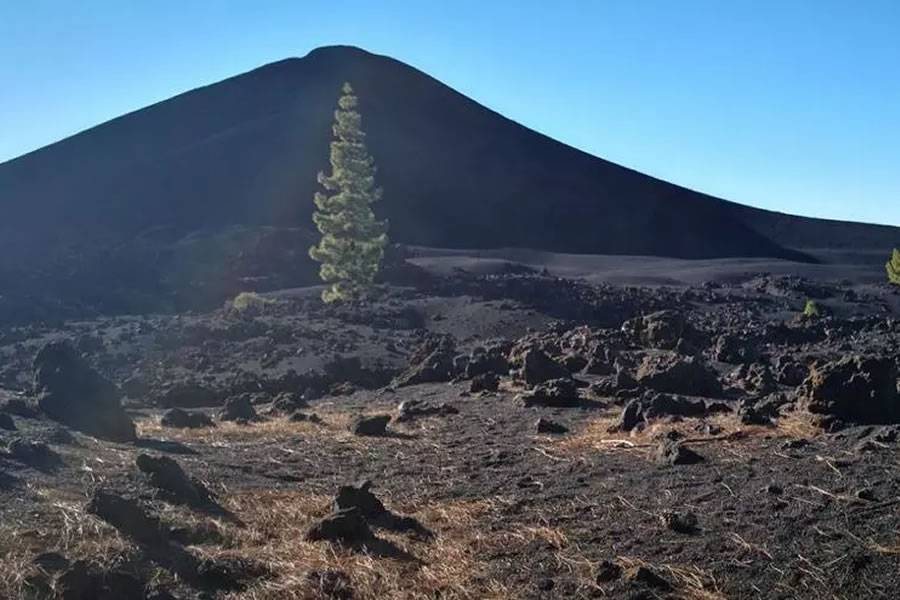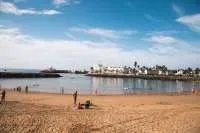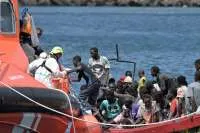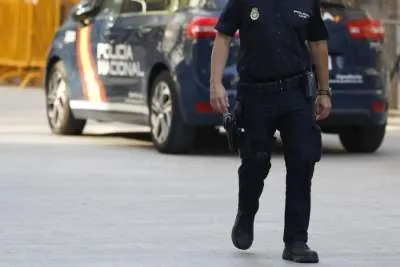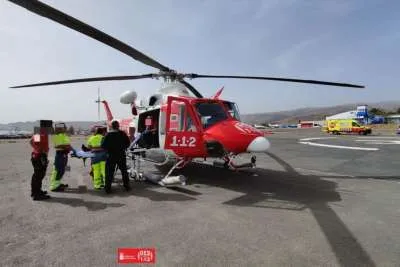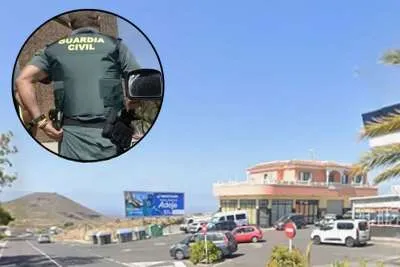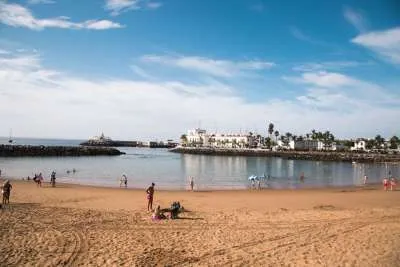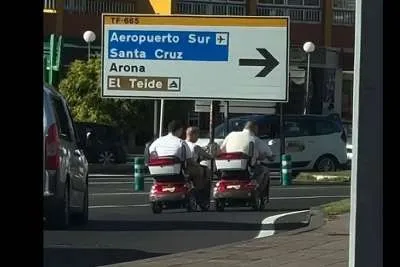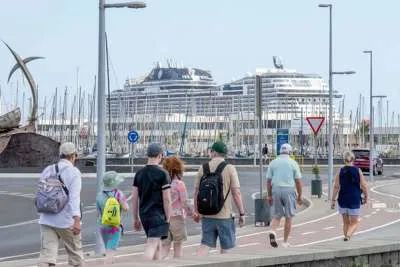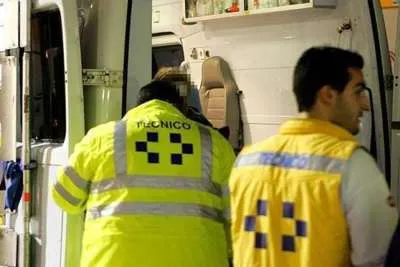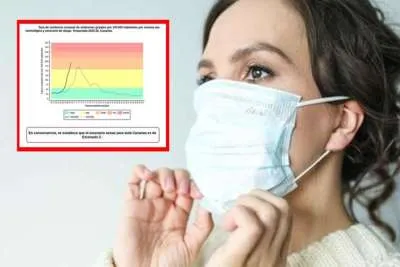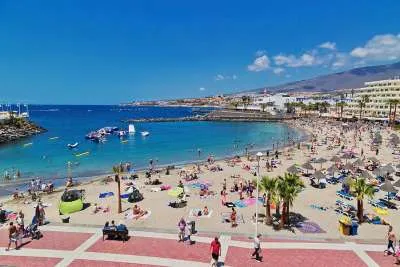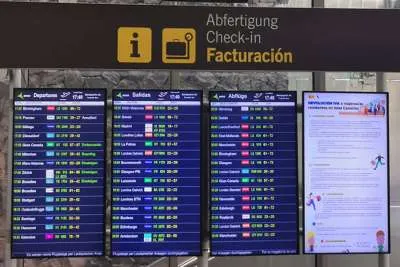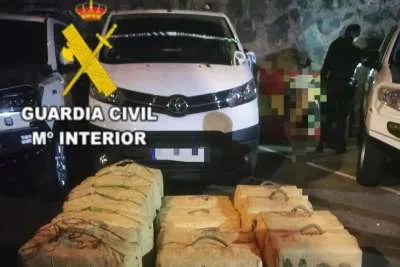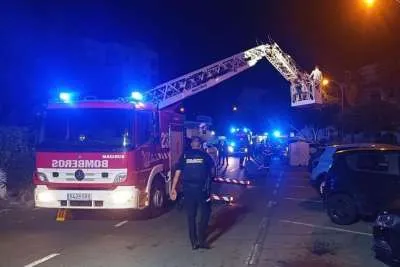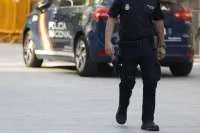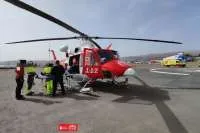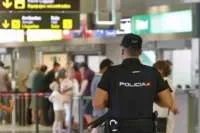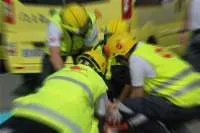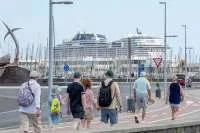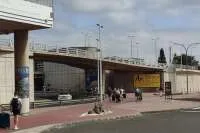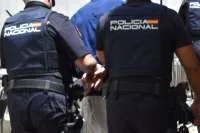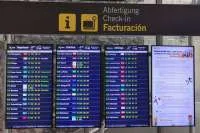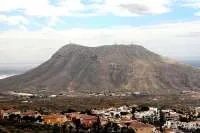Earthquakes in the Canaries: Are the latest seismic swarms linked with volcanic activity?
- 27-07-2023
- National
- INVOLCAN / IGN
- Photo Credit: IGN
Over the last twenty years, the Canary Islands have witnessed thousands of seismic episodes and several volcanic events that, in addition to arousing scientific interest, also represent a situation of uncertainty for the population. One of the most common phenomena is seismic activity. The latest report from the National Geographic Institute (IGN) indicates that in the month of June around 212 earthquakes were recorded in the Canary Islands.
The last seismic episode that has aroused interest occurred between last Sunday and this Monday on the west coast of Tenerife, where 20 earthquakes of magnitudes between 1.3 and 1.8 mbLg were located at a depth of 30 to 46 kilometres.
Less than a month ago, on July 6th, three earthquakes were also recorded in just 18 minutes, off the west coast of Gran Canaria with magnitudes between 2.9 and 3.7 mbLg and were perceived with intensities from II to IV on a scale of XII levels by people from nearby towns.
Although these phenomena have not caused material or personal damage, it is inevitable that there are doubts about what it means when this happens. With the recent eruption in La Palma in 2021 and, previously, the Tagoro underwater eruption in El Hierro in 2011, or the seismic swarm of 157 tremors in Teide in 2004, it is important to know how they are being monitored and what future the Islands face in this matter.
Is the same thing happening in Tenerife that happened in La Palma before the eruption?
In the days leading up to the eruption in La Palma in 2021, around 700 low-magnitude earthquakes were recorded in the Cumbre Vieja area. However, as the IGN experts have reported, the swarms recorded in Tenerife are not indications of an eruption.
Volcanologist Stavros Meletlidis explains that the two situations are not comparable, since they occur under different circumstances, in addition to being Islands with different structures: "The difference is that in La Palma the seismicity was less deep, between 10 and 12 kilometres, and there was more concentration. The earthquakes were continuous, and more energetic. On the other hand, in Tenerife, they have been registered at depths of 40 kilometres”.
Earthquakes in the Canary Islands in the last 90 days.
Likewise, he explains that it is not so easy for an earthquake of these dimensions to break 40 kilometres of rock for an eruption to occur on the surface. "If this did occur, we would not be able to calculate the time it would take for it to happen. Although these swarms could be linked to a future eruption in tens of years or centuries from now, we cannot estimate how long it might take."
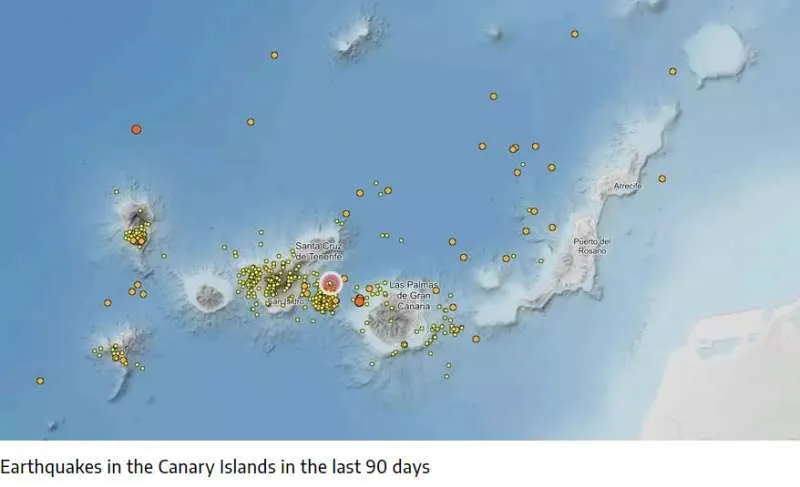
Is the seismic series of Tenerife related to Teide?
At the beginning of this week, a seismic series of 20 earthquakes was recorded on the west coast of Tenerife. The IGN indicated that this "did not mean any change in the state of volcanic activity on the island," since its size was small and there were a low number of earthquakes.
As Meletlidis points out, the latest earthquakes are far from the peak: “We can say that they are not related. They are far from Teide and they are deep. Each island, with the exception of Lanzarote and Fuerteventura, is made up of its own building, so the activity that occurs on the island can be associated, but not for the time being”.
When will Teide erupt?
“You cannot predict an eruption, because it is a phenomenon that scales quite quickly. We can have seismic activity for a very long time without having an eruption,” says Meletlidis.
The volcanologist indicates that eruptions cannot be predicted so far in advance and, above all, with this type of volcanism like that of La Palma: “We can talk about probability, but we cannot give exact dates, times or places. More than a prediction is the forecast of an eruption. In the end, it is a very complicated matter and perhaps until it enters the last phase of the activity, it cannot be predicted”.
The last eruption in the Teide area was in 1909, that of the Chinyero volcano, and it lasted approximately ten days. Since then, four more eruptions have occurred in the Canary Islands: in 1949 and 1971 in La Palma, in 2011 on El Hierro, and again in 2021 on La Palma.
What is a seismic swarm?
A seismic swarm is a set of earthquakes that occur in the same space and time. These earthquakes are a common phenomenon in the Canary Islands. For example, between the islands of Tenerife and Gran Canaria, where the so-called Enmedio volcano is located at a depth of 2,100 metres from the sea, the IGN frequently registers tremors.
What is the difference between magnitude and intensity of earthquakes?
Magnitude and intensity are used to measure seismic activity. However, as Meletlidis explains, they are different concepts.
“Magnitude is a number attributed to each event based on how the earthquake is located. It is something very objective, as if it were the DNI of the earthquake”. In the past, the Richter Scale was used to quantify the energy of an earthquake. However, as it is an imprecise empirical calculation, the seismological scale of moment magnitude (Mw) began to be used.
On the other hand, the intensity is defined as the sensation that a person has of the earthquake or that it is perceived on the surface: “The intensity changes depending on the distance, even on the same island, but the magnitude will always be the same".
How many volcanoes are active in the Canary Islands?
“A volcano is considered active if it has had a volcanic manifestation in the last 10,000 years. In the Canary Islands, this circumstance occurs on all the islands except La Gomera. For example, in Gran Canaria and Fuerteventura, they have not occurred in historical years, such as La Palma or El Hierro, so there are no records”, describes the volcanologist.
However, he also adds that an action in itself, such as a fumarole or a seismic swarm, is not necessary to consider that there is volcanic activity.
Although all the Islands except La Gomera are susceptible to presenting a volcanic risk, the reality is that there is a greater probability in the western islands: "These Islands present the most intense activity records in the Archipelago and, in addition, there is the greatest number of historical eruptions.
What is the volcanic watch about?
After intense seismic activity and two volcanic eruptions, since 2004 volcanic monitoring in the Archipelago has developed remarkably. The latest events, such as the eruptions of La Palma and El Hierro, have helped scientific knowledge in volcanic monitoring and risk prevention.
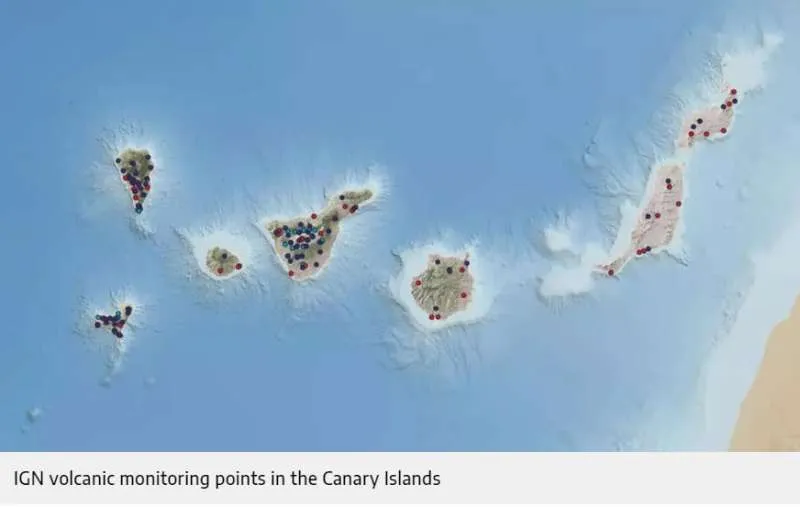
In this way, it is possible to study where and when a volcanic eruption can occur, as well as put forward hypotheses about volcanic behaviour, but nothing is exact.
After the 2004 seismic crisis in Tenerife, a decree law was approved by which it was decided to grant the responsibility of the "observation, surveillance and communication of volcanic activity in the national territory and determination of associated risks" to the General Directorate of the IGN. From that moment on, volcanic alert and surveillance work intensified in the Islands.
Meletlidis highlights three points about the mitigation of volcanic risk and, in addition, makes a distinction between danger and risk: "Danger is a phenomenon as such that is going to take place yes or yes and we do not know it." we can change. Meanwhile, the risk has to do with the people, with the infrastructure… There we can act”.
Volcanic risk mitigation focuses on three aspects: improving surveillance and motorisation networks, educating the population and taking timely measures from the nuclei of responsibility.
Are the Canary Islands prepared for a volcanic crisis?
"Each eruption is a new chapter of knowledge. With Tagoro (El Hierro), we saw the ears of the wolf, but in La Palma, they were teeth. Since then, people have become aware, but we still have a long way to go. Anyway, we're ready."
In addition, the Canary Islands Volcanic Emergency Plan (PEVOLCA) that was developed on La Palma was much better than on El Hierro despite the differences in dimension and duration: "Tagoro's eruption lasted five months and the volcano had about dimensions practically twice as large as that of La Palma”.
What do the experts recommend to the population?
“People should consult official sources to verify the information. To this day, false information causes a lot of damage, especially in emergencies," says Meletlidis. The scientist puts the focus of attention on access to reliable and truthful information so that citizens have at their disposal a minimum knowledge of self-protection measures.
The IGN has a catalogue of preventive measures on its website, on what to do in the event of an earthquake. Likewise, the Special Plan for Civil Protection and Emergency Attention due to Volcanic Risk (Pevolca) contains some recommendations on how to act in the event of volcanic risk.


